Galleries and Workshops
Gallerí UGLA
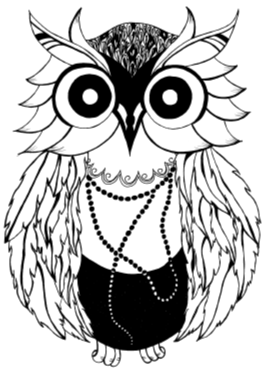 Gallery UGLA is located at Aðalgata 9 in Ólafsfjörður.
Gallery UGLA is located at Aðalgata 9 in Ólafsfjörður.
There you will find a wide range of handmade items from various parties in Fjallabyggð. Giftware, jewelry, clothing, paintings, bath products and much more. Opening hours are all weekdays from. From 2pm to 6pm and Saturdays from 1 pm to 5pm.
Phones 865 0967/864 2372
Email addresses: b.reykjalin@gmail and hagi13@simnet.is
Gallerie Ugla on facebook
Garún Workshop
Garún Vinnustofa is owned by Guðrún Þórisdóttir and located at Aðalgötu, Ólafsfjörður.
Phone 896 6656
Email: garungarun@simnet.is
Ceramic workshop below Burstabrekka, Ólafsfjörður
Hólmfríður Arngrímsdóttir.
Phone: 691 8818
Email: hofy@centrum.is
Smíðakompan, Workshop
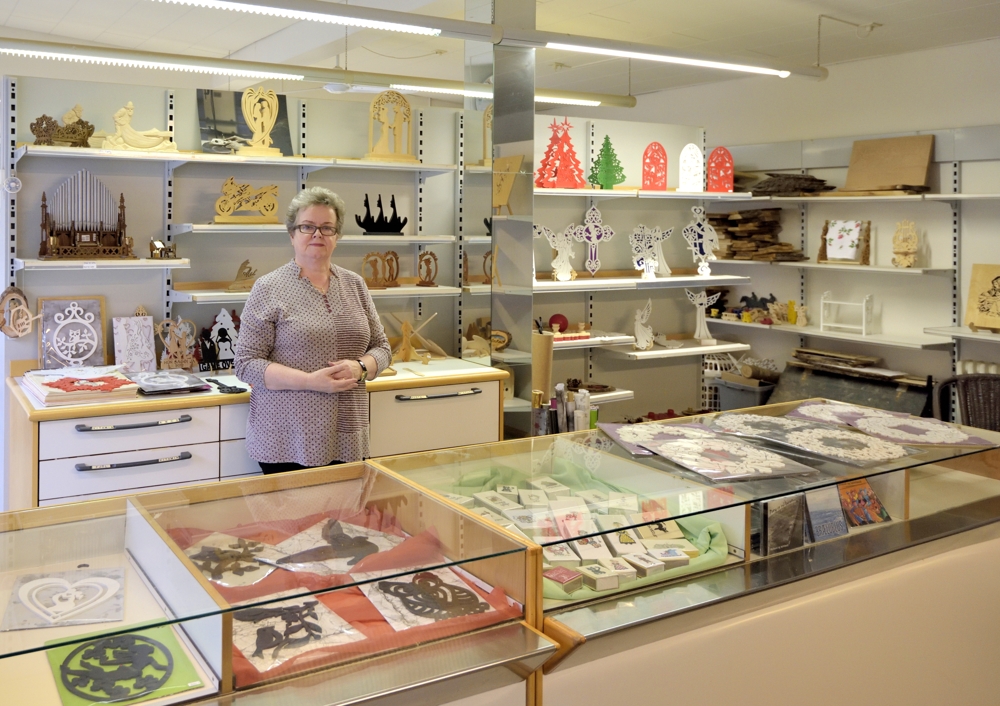
Artist Kristín R. Trampe's Work shop
Aðalgata 8 in Ólafsfjörður.
Phone 865 2318
Pálshús - Natural Museum of Ólafsfjörður
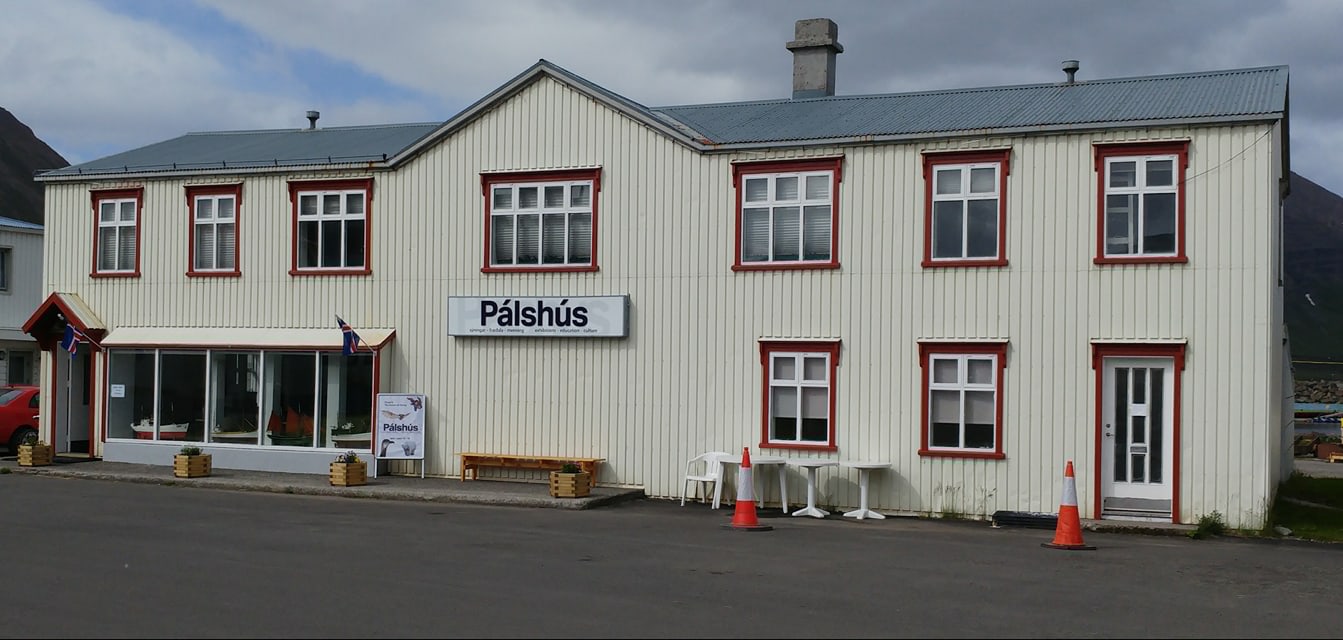
Pálshús, one of the oldest houses in Ólafsfjörður, is today a museum and a cultural centre, located at Strandgata 4 in Ólafsfjörður. The oldest part of the house was built in 1892. The house is named after Páli Bergssyni, one of the main instigators of the fishing enterprises in Ólafsfjörður and who, together with is wife Svanhildi Jörundsdóttur, finished building the house in the form we know today.
Today the locals have jointly rebuilt the house which now hosts the Natural Museum of Ólafsfjörður and a wonderful exhibition called "The Desire to Fly". This exhibition covers Icelandic bird flora and examines the human desire to fly. A great exhibition for children as it has a high educational value while being entertaining and fun.
In addition, Pálshús hosts private collections and diverse music and/or art exhibitions.
Access for disabled is good and there is a chairlift to access the lower floor.
Summer opening
1st of June - 15th of September.
Open every day from kl: 11:00 - 17:00.
Contact us to book a visit for groups.
Location
Strandgata 4
625 Ólafsfjörður
Bryn design
Bylgjubyggð 4, Ólafsfirði
Phone: 893-2716
Web Page
Alþýðuhúsið - Soulful house in Siglufjörður
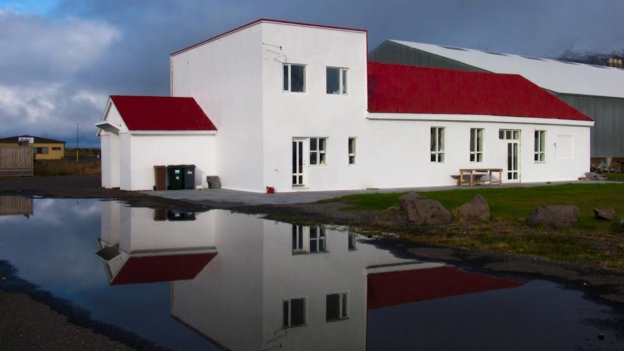 Aðalheiður S. Eysteinsdóttir purchased Alþýðuhúsið in Siglufjörður in December of 2011 with the purpose of creating a workspace, home, and a playground of sorts for the arts. Renovations of the house were completed on July 19th, 2012, and an adventure was begun…
Aðalheiður S. Eysteinsdóttir purchased Alþýðuhúsið in Siglufjörður in December of 2011 with the purpose of creating a workspace, home, and a playground of sorts for the arts. Renovations of the house were completed on July 19th, 2012, and an adventure was begun…
The goal of Alþýðuhús’ activities is to bring culture into people’s everyday lives, giving old and young the opportunity to experience the arts within their community. It functions as a space within which artists and creative people produce their work and acts as a platform for conversation and connection between people. A broad spectrum of cultural activities is hosted in Alþýðuhúsið every year, with an emphasis on visual art. It hosts collaborative creative projects, three large art festivals, fringe music, and workshops, and provides a platform for people to make their own work. Artists, authors, Master’s students, and composers have stayed in the house short-term to focus on their work. For five years it was home to the collaborative workshop REITIR, led by Ari Marteinsson and Arnar Ómarsson. The workshop concluded with the publication of a book in 2017. What makes the house unique is a homey atmosphere that permeates all activities and welcomes all participants. There is no admission fee for events - visitors simply enter the flow of the house, whatever program is planned throughout the day. As in most homes, the heart of the house is the kitchen where everyone gathers before and after art events. The house is in constant flux as a workspace, event space, home to artists, and exhibitions. Kompan Gallery was first founded in Akureyri in 1998 but moved to Alþýðuhúsið in the last ten years. Exhibited artists are invited to stay in the house for a short time to prepare, and in some cases create their exhibitions. The stay tends to become a rich period of conversation between visiting and local artists and facilitates an introduction to local culture for guests.
Cultural events are planned three times a month on average: exhibitions in Kompan, ‘Sunday Talks with Creative People’, and main hall events. Some months will have events every weekend, depending on how many artists of interest appear on the horizon. The benefit of artist-run spaces like Alþýðuhúsið is the possibility to adjust and add on as inspiration hits. Artists invited by Aðalheiður welcome the invitation and are excited by the potential offered.
Over the past ten years, Alþýðuhúsið in Siglufjörður has proven to be an interesting and exciting platform for the arts and has become a fixture in people’s minds as a cultural establishment - evidenced by the sheer number of guests attending events, sometimes beyond capacity. Around 200 events have been held in these ten years and approximately 2000 artists have exhibited, participated in workshops, or presented performances in Alþýðuhúsið.
Þormóðsgötu 13, Siglufirði.
Phone: 865 5091
Email: adalheidur@freyjulundur.is
Gallerí IMBA
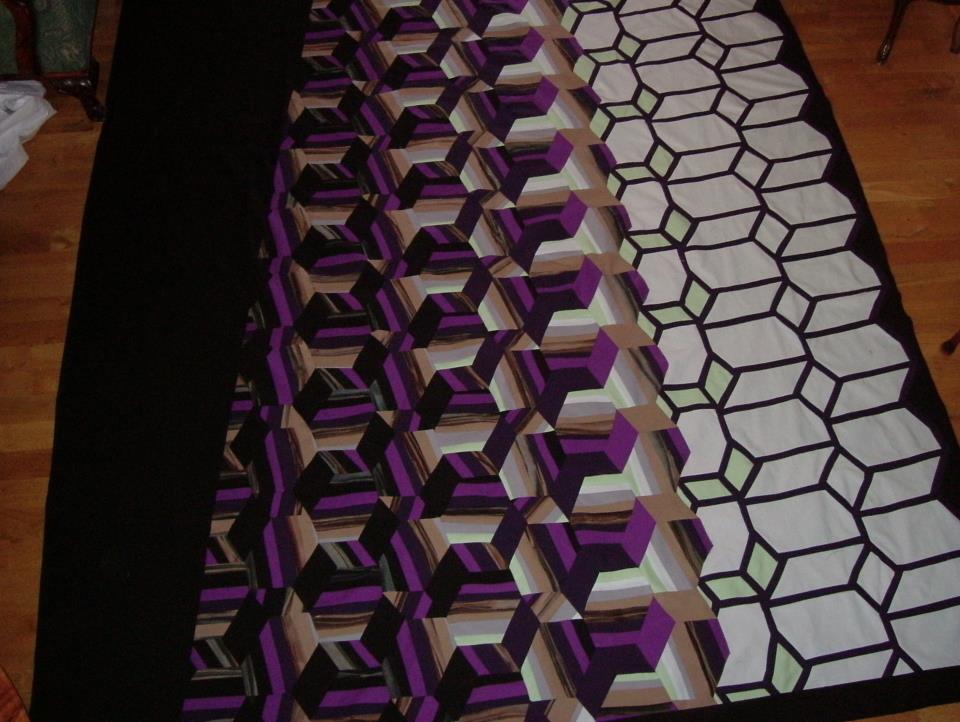
Craft and design, Gallery IMBA is owned by Kolbrún Símonardóttir and she works there, among other things, with plant colored ribbon, patchwork and other crafts.
The gallery is located at Fossvegi 33, Siglufjörður. Phone 865 9853
Open Fridays from 14:00-17:00
Email address: kollasim@simnet.is
Herhúsið, Guest Studio in Siglufjörður
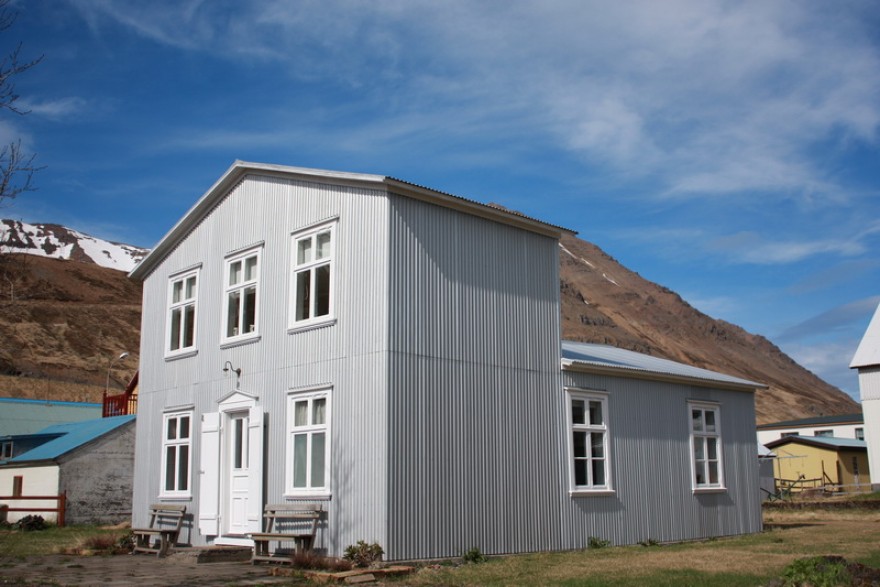 The Herhús, artist-in-residence home and workshop, opened in 2005. Herhús is currently seeking applicants who are working in visual arts, writing, poetry, music and other artistic endeavours.Norðurgata 7b Siglufirði. Netfang: herhusid@simnet.is
The Herhús, artist-in-residence home and workshop, opened in 2005. Herhús is currently seeking applicants who are working in visual arts, writing, poetry, music and other artistic endeavours.Norðurgata 7b Siglufirði. Netfang: herhusid@simnet.is
The Herhús, artist-in-residence home and workshop, opened in 2005. Located in the centre of Siglufjordur next to all services, the artist’s residence is open to both Icelandic and foreign artists. Herhús is currently seeking applicants who are working in visual arts, writing, poetry, music and other artistic endeavours.
The artist’s residence is a 2-level house with a 70 square metre (750 sq ft) workshop on the main floor and a bright, furnished studio appartment in the upstairs loft. The workshop has 4 metre (10 ft) ceilings, hardwood floors, an industrial sink, an easel, 3 working tables and a sofa. The bathroom and shower are located on the main floor. The studio appartment contains two beds, chairs, a table and stools. The kitchen is equipped with a refrigerator, coffee maker, toaster, microwave oven and two hotplates. The house is wireless ADSL enabled.
Gallery Abbý
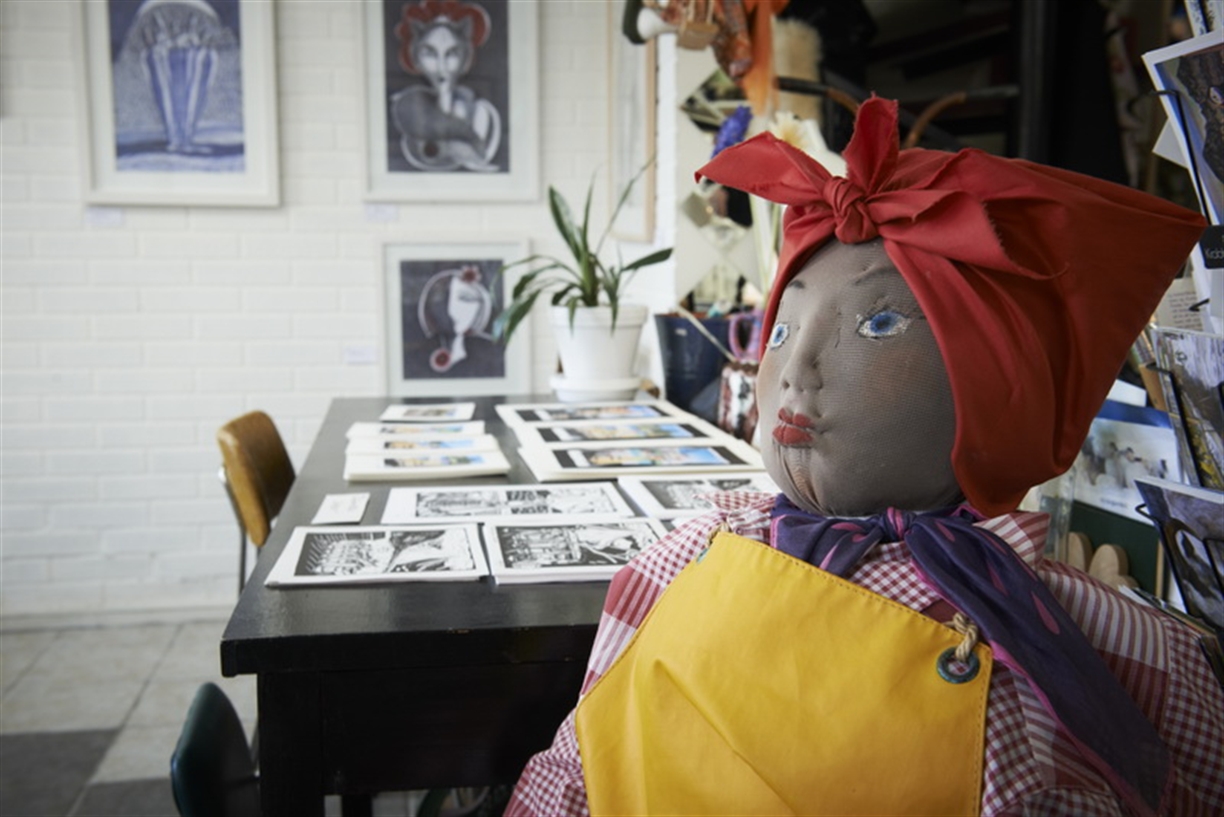 Arnfinna Björnsdóttir has been workin in arts and crafts for more than 55 years in Siglufjörður.
Arnfinna Björnsdóttir has been workin in arts and crafts for more than 55 years in Siglufjörður.
Her dream in her younger years was to study art, but fate led her to the Business School and subsequently to office work for the town association, where she held that position for 35 years.
At Abbý's gallery, there are particularly fun and very diverse items. Arnfinna's collages of the atmosphere of the Herring Years are well known and show a great sensitivity to the subject as well as the treatment of colors and shapes.
Gallery Abbý is located at Aðalgötu13, Siglufjörður. Phone 866 1978.
Open from 15:00 -18:00.
Saga-Fotografica
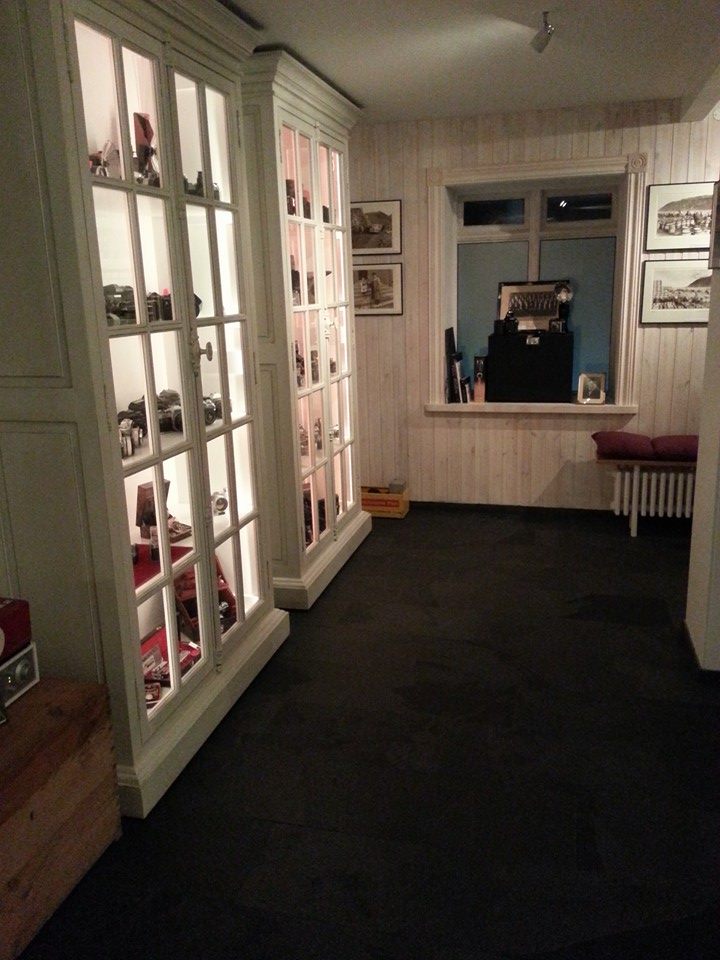 Portrays many photographs by Vigfus Sigurgeirsson, photos taken in Siglufjordur 1929 - 1952. Hundreds of cameras and more items related to early photography era. Open all event days in Siglufjordur during the summer, from 13:00 to 16:00 hours.
Portrays many photographs by Vigfus Sigurgeirsson, photos taken in Siglufjordur 1929 - 1952. Hundreds of cameras and more items related to early photography era. Open all event days in Siglufjordur during the summer, from 13:00 to 16:00 hours.
History of photography in Iceland. Demonstrations of the various devices and photographs of photographic history.
Regular photo exhibitions.
For requests to see the museum at other times, contact Sveinn at 848-4143 or Steingrimur at 892-1569.
Icelandic Center of Poetry
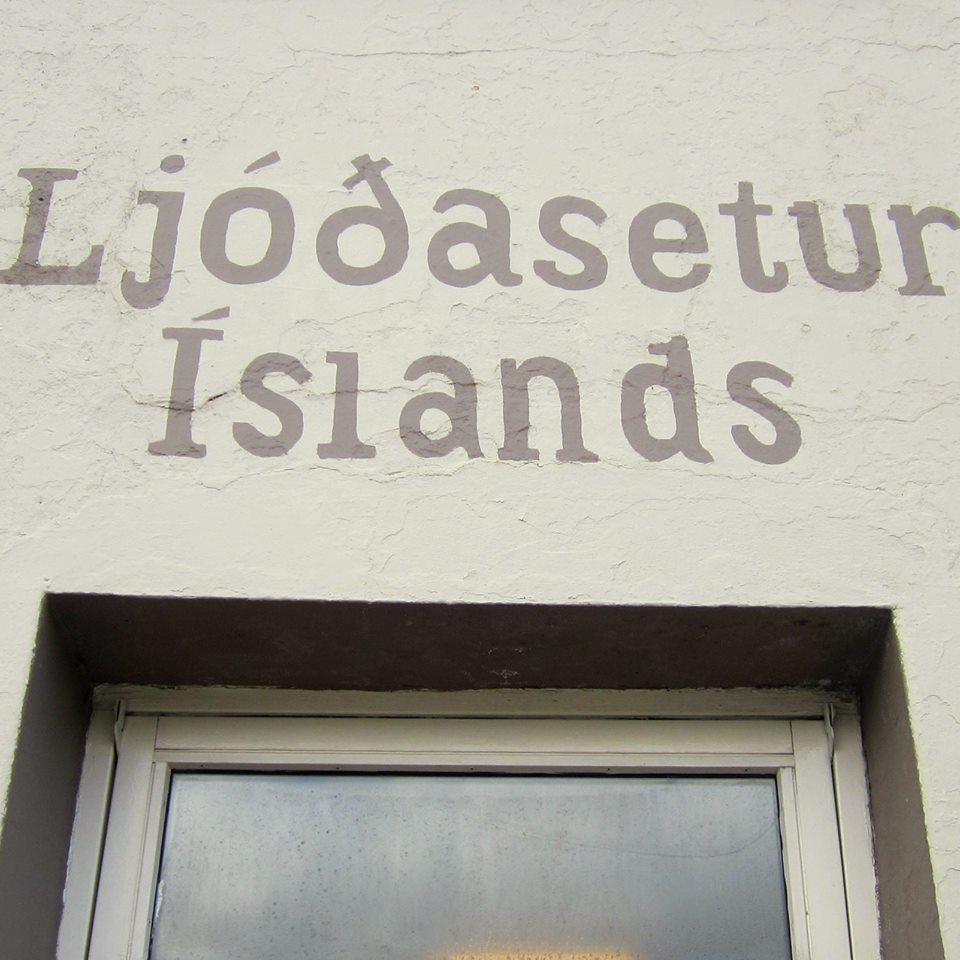 Icelandic Center of Poetry has no parallel in the country and offers visitors the opportunity to browse poetry books and experience live events.
Icelandic Center of Poetry has no parallel in the country and offers visitors the opportunity to browse poetry books and experience live events.
Located at Túngata 5, Siglufjörður. Phone: 865 6543
Email address: hafnargata22@hive.is
The Herring Era Museum

The Herring Era Museum is one of Iceland’s largest maritime and industrial museums. It houses exhibitions describing herring fishing and shows how the silver of the sea was processed. The museum traces Iceland’s bumpy ride to prosperity after centuries of poverty—a venture that spanned much of the 20th century in which herring played a leading role. The course of events surrounding the herring were so important for the nation that it was dubbed the ‘Herring Adventure’. Herring processing units, large and small, sprang up all over northern and eastern Iceland. Siglufjörður was the location of the largest and most famous of them all. The shoals have long since disappeared, but evidence of this fantastic era can still be seen around the town. The Herring Era Museum safeguards the community’s unique heritage—over 10,000 people lived and worked in the town when processing reached a peak, making it one of the largest towns in Iceland at the time.
The main collection is housed in Róaldsbrakki, a Norwegian building erected in 1907 that was for many years Iceland's largest salting plant. Most of this four-storey building has been preserved in its original form, including the lodgings used by the young women who worked as herring girls, the office of the herring speculator and the herring plant.
Grána is a building containing an exhibition that tells the story of how men and machines transformed herring into oil and meal, long regarded as the first industrial process applied in Iceland. The central exhibit is a small herring factory from 1940 which produces two valuable products: fish meal and fish oil.
The exhibition in The Boat House aims to give an impression of a typical herring port around 1950. Nine boats of various types and sizes lie at the dock, while audiovisual material is presented about the herring fisheries from 1938.
The Herring Era Museum was the first winner of the Icelandic Museum Award in 2000. The museum has won a number of other awards including The European Museum Award in 2004! The museum receives groups on the dock for guided tours of the exhibitions. Salting takes place outdoors in front of the Roaldsbrakki building. Young women gut the herring and pack them in barrels while chatting, shouting, singing and flirting to recreate the atmosphere of the times. They also sing and dance, and offer the guests to join a dockside ball with music provided by accordionists. At the end of the show, guests can taste pickled, spiced and smoked herring on rye bread, washed down with a shot of Icelandic schnapps. The tour includes visits to all three museum buildings.
Folk Music Centre

A voluntary organization for the establishment of a Folk Music Centre was founded in Siglufjörður in 1999. It is the fulfilment of the wishes of the Rev. Bjarni Thorsteinsson, who worked tirelessly to collect and preserve traditional Icelandic music. The mission of the organization was to establish a folk music centre honouring Rev. Bjarni’s folk music collection, hold an annual folk music festival and promote Iceland’s traditional music both locally and abroad.
The Folk Music Centre was officially opened in 2006. The Centre presents Icelandic folk music in an accessible and entertaining manner through video recordings of people old and young, from all parts of Iceland, singing, chanting and playing traditional instruments. Visitors can take a crack at playing reproductions of an Icelandic fiddle and a langspil (a kind of bowed dulcimer), or just listen to the music while having coffee.
The Folk Music Centre also contains an exhibition depicting the life of the Rev. Thorsteinsson (1861–1938), who transcribed songs and chants during a 25-year period, before publishing his book Icelandic Folk Songs in 1906–09. After beginning his collection in 1880, the Reverend moved into Madame House, where the Folk Music Centre is now located. His book preserves a unique part of Icelandic cultural history, and many of the songs would surely have been lost but for his tireless efforts. He also composed songs, hymns and other sacred music which are still performed regularly. The Centre has a number of exhibits that were owned by the Reverend and his wife, including several manuscripts showing examples of his transcriptions and original compositions.
http://www.folkmusik.is/